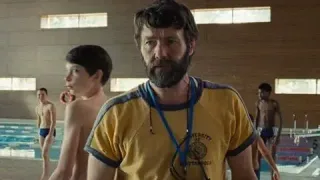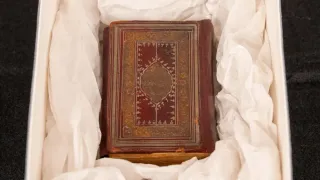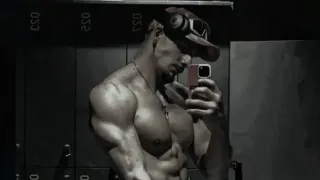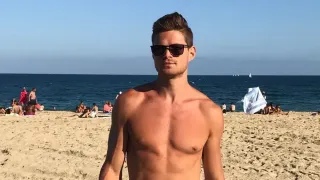February 9, 2015
Indiana Woman Who Fought Gay Marriage Ban Dies of Cancer
Jason St. Amand READ TIME: 2 MIN.
A terminally ill woman whose desire to have her same-sex marriage recognized by Indiana before she died helped galvanize efforts to overturn the state's gay marriage ban has lost her battle with cancer.
Niki Quasney died Thursday, gay rights advocacy group Lambda Legal said Sunday. She was 38.
Quasney and Amy Sandler challenged Indiana's ban on same-sex marriage as Quasney neared the end of a years-long battle with ovarian cancer. The couple from Munster, which is in northwest Indiana and just south of Chicago, obtained a civil union in Illinois in 2011 and married in Massachusetts in 2013, and they wanted Sandler listed as Quasney's spouse on her Indiana death certificate to ensure that Sandler and the couple's two young children received the death benefits to which married couples are entitled.
At the time, Indiana didn't allow same-sex marriage and refused to recognize such marriages obtained elsewhere.
A federal judge in April granted the couple's emergency request to have their marriage recognized. Judge Richard Young ruled in June that the state's gay marriage ban was unconstitutional, sending hundreds of same-sex couples across the state to county clerks' offices for impromptu weddings. The state appealed Young's ruling, and the 7th Circuit Court of Appeals granted a stay that put each of those marriages in limbo. But Quasney and Sandler's union was still recognized, and for a time they remained the only legally married same-sex couple in the state.
The 7th Circuit in September issued a scathing, unanimous ruling overturning the gay marriage bans in Indiana and Wisconsin.
Paul Castillo, an attorney for Lambda Legal, which represented the couple, said Quasney and Sandler made history as they fought for equality, noting that the urgency of their case accelerated a 7th Circuit hearing on a challenge to Wisconsin's gay marriage challenge as well.
"Niki and Amy and their daughters became Indiana's first family when they bravely joined Lambda Legal's marriage case, which meant openly sharing very personal and painful parts of their journey together as Niki battled cancer," he said. "They brought this case and fought so hard because they loved each other and wanted their daughters to be treated with respect, just like any other family in Indiana."
He said the couple "never wanted to be alone in recognition of their family."






